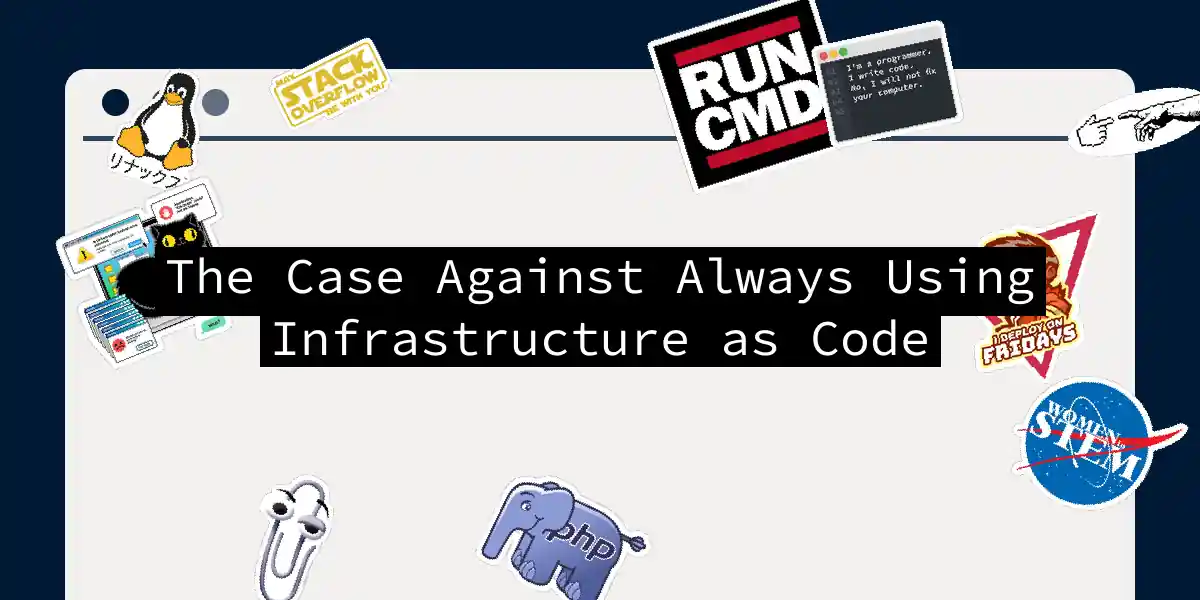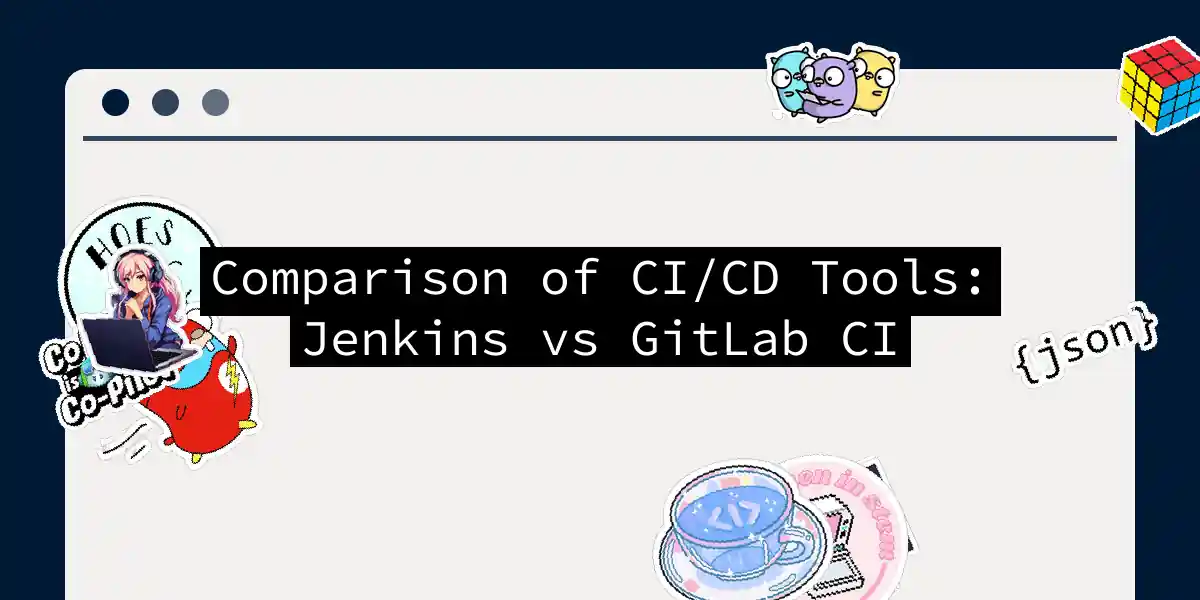
The Case Against Always Using Infrastructure as Code
Infrastructure as Code (IaC) has become a cornerstone in modern DevOps practices, promising efficiency, scalability, and consistency in infrastructure management. However, like any powerful tool, it’s not a one-size-fits-all solution. In this article, we’ll explore the reasons why IaC might not always be the best choice and discuss scenarios where traditional methods could be more suitable. The Allure of Infrastructure as Code Before diving into the case against IaC, let’s acknowledge its benefits....



